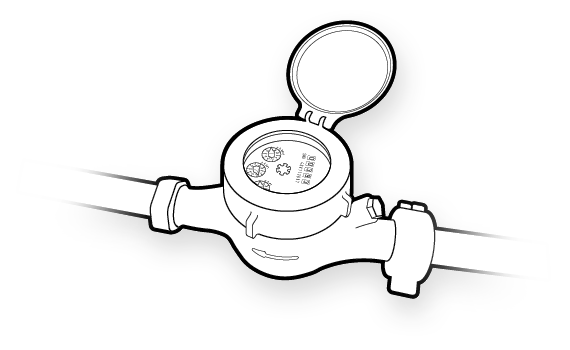Leaking water pipes and appliances can increase water consumption considerably, and in the process incur significant costs. A leaking toilet can waste up to 750 litres of water per day (ITP, 2008), compared with 30 litres per day required for five full flushes of a low-flush toilet in a guest bathroom. A dripping tap can waste up to 70 litres of water per day, and it has been estimated that in a typical large hotel, leaking taps alone can increase total water consumption by 5 % – equivalent to 15 litres per room-night (Smith et al., 2009). A survey of eight hotels in Bulgaria found that leakage accounted for between 32 % and 68 % of water consumption (EC, 2009). Kitchens are also a significant source of water consumption and leakage.
Water wasted through leakage can be detected by an effective monitoring and maintenance programme that involves the following.
Monitoring and benchmarking of water consumption is the first step to improving water use efficiency.
Record water consumption periodically (daily, weekly, monthly) to identify any irregular patterns. Check consumption during quiet times (e.g. early hours of the morning) to detect leaks.

Divide premises into zones, install sub-meters and periodically monitor water consumption.
In addition to the main accommodation zone(s), priority zones for water sub-metering include:
For more detailed auditing of water consumption and leak detection in larger premises sub-metering is required. Inexpensive mechanical water meters can be fitted at fixed positions within the distribution system and require periodic replacement. Install complete continuous monitoring system, with automatic recording of flow at all sub-meter locations.
Reduced costs
Cost savings from reductions in hot water consumption are considerably higher than cold water. For an average food and hospitality business, the full cost of water use and disposal was found to be almost ten times higher than the supply cost alone, with 80 % attributable to heating (assuming electric heating to 60 ºC) (Smith et al., 2009).